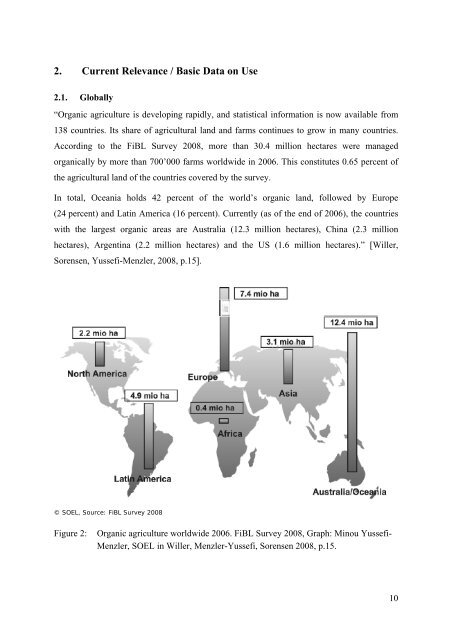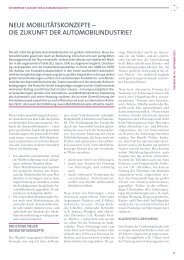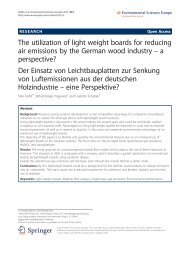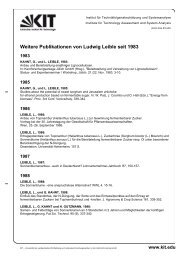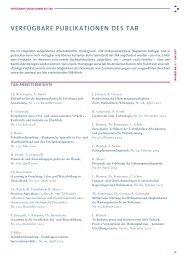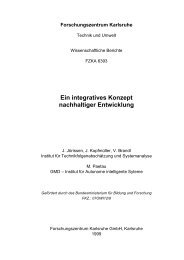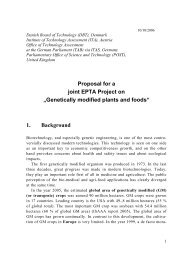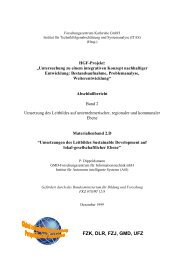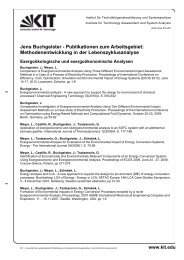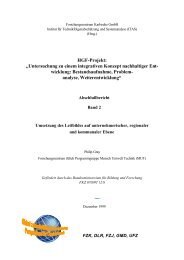Annex 4: Case study âOrganic Farmingâ - ITAS
Annex 4: Case study âOrganic Farmingâ - ITAS
Annex 4: Case study âOrganic Farmingâ - ITAS
You also want an ePaper? Increase the reach of your titles
YUMPU automatically turns print PDFs into web optimized ePapers that Google loves.
2. Current Relevance / Basic Data on Use<br />
2.1. Globally<br />
“Organic agriculture is developing rapidly, and statistical information is now available from<br />
138 countries. Its share of agricultural land and farms continues to grow in many countries.<br />
According to the FiBL Survey 2008, more than 30.4 million hectares were managed<br />
organically by more than 700’000 farms worldwide in 2006. This constitutes 0.65 percent of<br />
the agricultural land of the countries covered by the survey.<br />
In total, Oceania holds 42 percent of the world’s organic land, followed by Europe<br />
(24 percent) and Latin America (16 percent). Currently (as of the end of 2006), the countries<br />
with the largest organic areas are Australia (12.3 million hectares), China (2.3 million<br />
hectares), Argentina (2.2 million hectares) and the US (1.6 million hectares).” [Willer,<br />
Sorensen, Yussefi-Menzler, 2008, p.15].<br />
© SOEL, Source: FiBL Survey 2008<br />
Figure 2:<br />
Organic agriculture worldwide 2006. FiBL Survey 2008, Graph: Minou Yussefi-<br />
Menzler, SOEL in Willer, Menzler-Yussefi, Sorensen 2008, p.15.<br />
10


